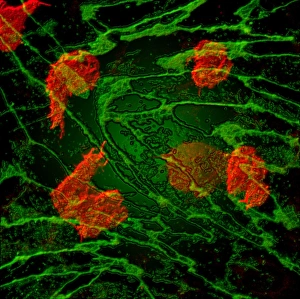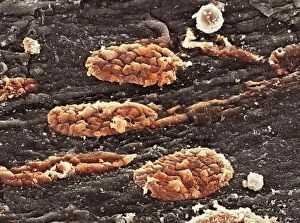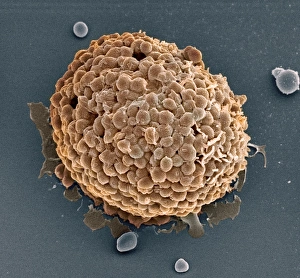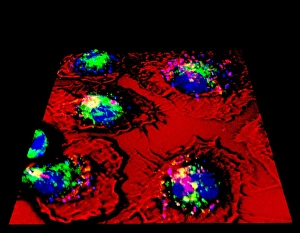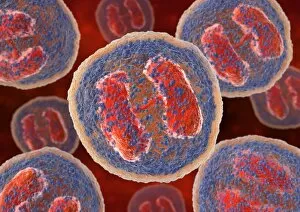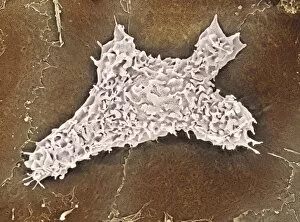Response Collection (page 4)
"Unyielding and Swift: The Response of LCC-LFB Tooley Street Fire Station and its Courageous Crews" In the heart of London
All Professionally Made to Order for Quick Shipping
"Unyielding and Swift: The Response of LCC-LFB Tooley Street Fire Station and its Courageous Crews" In the heart of London, a beacon of bravery stands tall - the LCC-LFB Tooley Street fire station. With their unwavering dedication to serving the community, these fearless firefighters embody the true essence of response. Just as taste buds react to various flavors on a human tongue, these heroes swiftly respond to any emergency that arises. Like the light green area sensitive to bitter taste, they face adversity head-on with determination and resilience. Similar to the yellow areas sensitive to sour taste, their quick actions neutralize potentially disastrous situations before they escalate further. Much like how blue areas on a tongue detect saltiness, these valiant individuals sprinkle hope amidst chaos by extinguishing flames that threaten lives and property. And just as purple areas sense sweetness in every bite, their presence brings relief and comfort during times of distress. Looking back at history, we find another remarkable example in action - the horse-drawn steam pump utilized by London Fire Brigade in the 19th century. This ingenious invention allowed for faster reaction times and showcased humanity's constant pursuit for better ways to respond effectively. During World War I, a powerful message was conveyed through an iconic "Save Food" poster. It served as a reminder that even our choices regarding food consumption can have profound consequences on society's ability to respond adequately during challenging times. The year 1888 witnessed an extraordinary display of women's empowerment when matchgirls led by Besant stood up against unfair working conditions. Their collective response ignited change not only within their industry but also inspired others around them. As Parliament opened its doors in grandeur depicted in lithographs from yesteryears, it symbolized democracy's continuous response towards progress and governance for all citizens. On microscopic levels within our bodies too, cells exhibit incredible responses. Plasma cells captured under TEM reveal their role in producing antibodies, a vital defense mechanism against infections.

















